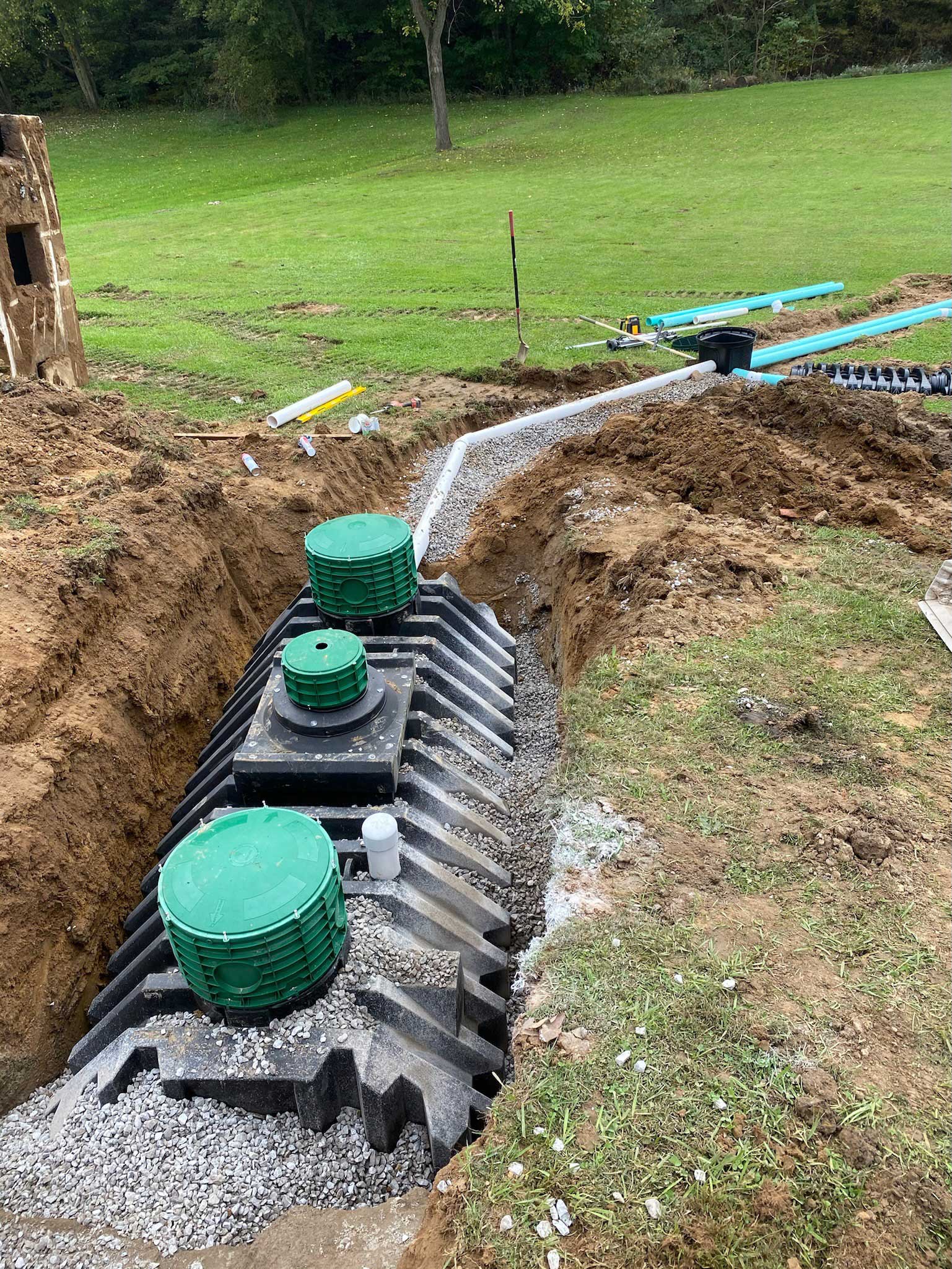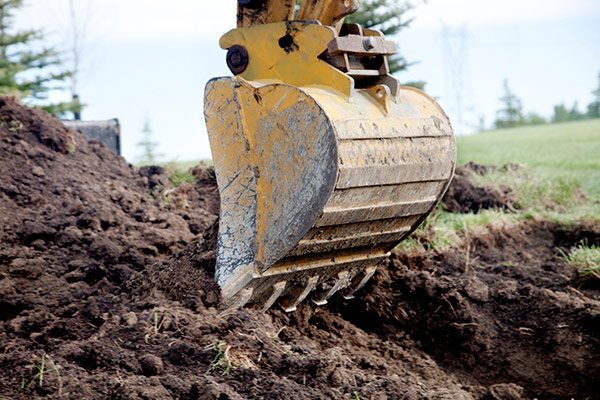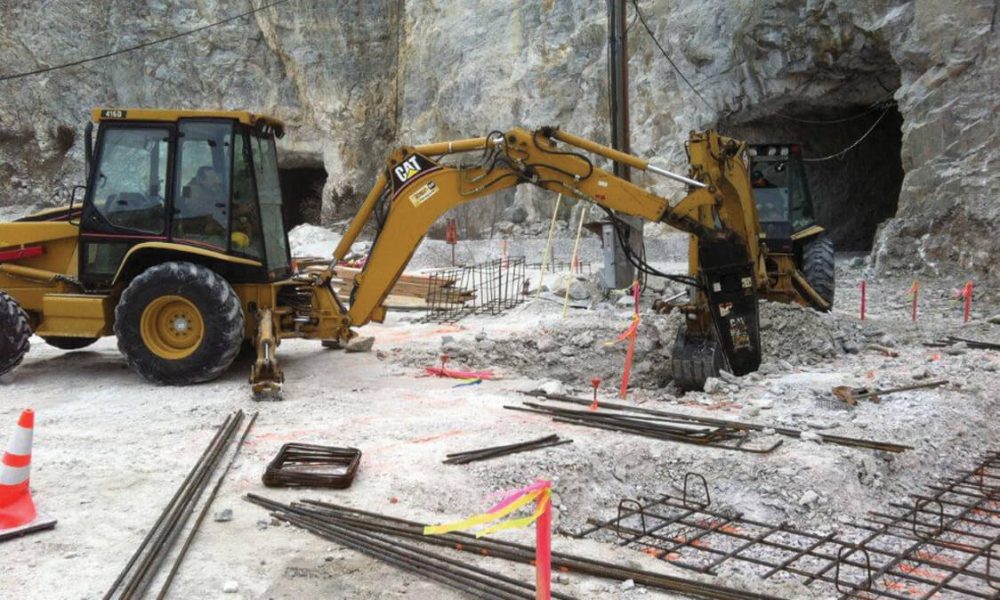Extensive Expedition: The Science Behind Superior Excavation Practices
From old hand devices to contemporary hydraulic excavators, the evolution of excavation strategies has been a testimony to human ingenuity and technical improvements. What genuinely sets remarkable excavation practices apart is a deep understanding of geological principles, combined with the utilization of cutting-edge tools and methods.
Development of Excavation Techniques
Throughout background, the evolution of excavation techniques has actually played an essential role ahead of time building and construction practices and archaeological explorations. From the basic tools made use of by our ancestors to the advanced equipment employed in contemporary times, the progression of excavation techniques has dramatically changed how we approach various projects.
In ancient times, manual work with standard tools such as wheelbarrows, pickaxes, and shovels was the main method of excavation. This labor-intensive procedure limited the deepness and scope of excavations, commonly resulting in sluggish progression and restricted accessibility to specific websites. However, as human beings progressed, so did the devices and strategies used for excavation.
The Industrial Revolution marked a transforming factor in excavation experiment the intro of steam-powered machinery. This development reinvented the area, enabling for faster and more extensive excavations. In contemporary times, innovation plays a critical function in excavation, with developments like general practitioner systems, drones, and 3D scanning improving precision and efficiency in the field. The evolution of excavation techniques remains to shape the means we construct, explore, and comprehend the globe around us.
Role of Innovation in Excavation

The assimilation of cutting-edge modern technology has fundamentally revolutionized the field of excavation, enhancing accuracy and performance to unprecedented levels. Among the key technical developments that has actually dramatically impacted excavation practices is the utilization of general practitioner systems. These systems enable precise mapping of excavation sites, enabling drivers to precisely locate underground energies and structures. Furthermore, using telematics in excavation tools has allowed real-time tracking of device performance, causing positive maintenance and raised functional performance.
Moreover, the introduction of 3D modeling and simulation software program has streamlined the planning process for excavation projects. Drivers and engineers can now picture the whole excavation procedure prior to beginning, identifying potential difficulties and optimizing operations. Along with this, the implementation of drones in excavation activities has actually promoted aerial surveys, volumetric dimensions, and website inspections with unequaled speed and precision.
Geological Principles in Excavation
An understanding of geological principles is important for guaranteeing the architectural stability and security of hop over to here excavation sites. Geological elements play a crucial duty in figuring out the expediency and security of excavation projects.
By carrying out thorough geological surveys and evaluation, designers and excavators can establish techniques to mitigate risks and make sure the successful conclusion of excavation projects. Ultimately, incorporating geological principles right into excavation methods is vital for achieving risk-free, effective, and lasting outcomes.

Latest Tools for Excavation
In the realm of excavation techniques, contemporary innovations in tools have actually changed the effectiveness and precision of excavation processes. Among the most current devices making waves in the sector is using drones outfitted with Find Out More sophisticated imaging modern technology. These drones can offer comprehensive airborne studies of excavation sites, using real-time information on topography and prospective dangers. This details aids in better preparation and decision-making during the excavation process.
An additional cutting-edge tool obtaining popularity is the execution of 3D printing technology for developing custom-made excavation equipment. This permits the manufacturing of specialized tools that are customized to the specific demands of a task, boosting effectiveness and decreasing downtime.
Moreover, developments in products scientific research have actually brought about the development of stronger and extra durable excavation tools. septic ohio. Tungsten carbide-tipped excavator add-ons, for instance, deal premium efficiency in difficult ground problems, enhancing productivity on-site
Science's Influence on Excavation Practices

Furthermore, clinical research study on soil auto mechanics and geotechnical engineering has actually supplied useful understandings into soil habits, permitting excavation specialists to make educated decisions pertaining to excavation techniques and dirt stablizing methods. Overall, science continues to drive technology and enhancement in excavation practices, making excavation jobs extra efficient, cost-effective, and lasting.
Conclusion
In verdict, the advancement of excavation strategies has actually been greatly influenced by advancements in modern technology and a deeper understanding of geological concepts. The most up to date tools and equipment used in excavation have improved efficiency and click resources precision in the field. The application of scientific knowledge has actually significantly enhanced excavation techniques, resulting in extra reliable and lasting approaches for digging deep into different sorts of products.
In the world of excavation methods, modern technologies in devices have changed the effectiveness and accuracy of excavation processes. By leveraging clinical concepts, the excavation sector has been able to substantially enhance efficiency, accuracy, and security in excavation processes. GPR permits excavation teams to non-invasively scan and map subsurface structures, energies, and prospective hazards, enabling them to prepare excavation projects with better accuracy and minimized danger of mishaps.
In addition, scientific study on soil mechanics and geotechnical engineering has actually given important insights into dirt habits, enabling excavation professionals to make educated choices pertaining to excavation approaches and dirt stabilization methods. On the whole, scientific research continues to drive innovation and improvement in excavation techniques, making excavation jobs much more reliable, cost-effective, and sustainable.